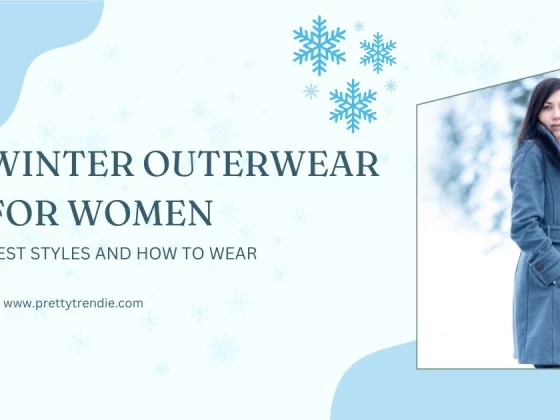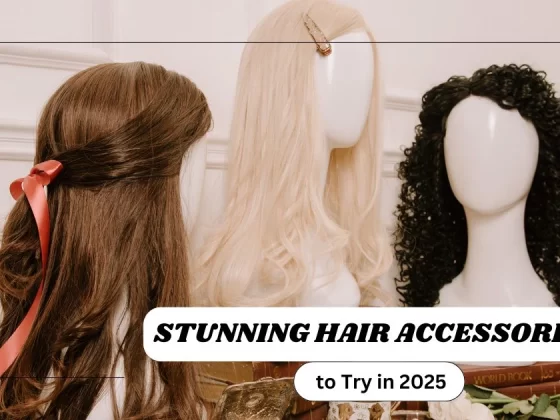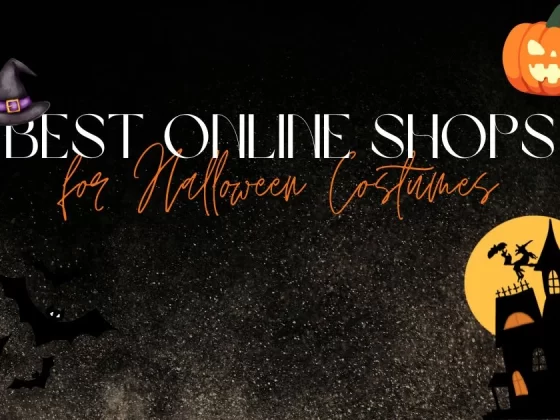Buying a pre-owned luxury bag in 2025 can feel like treasure hunting with Wi Fi. You can score a timeless Chanel flap for a fraction of retail, find a rare Louis Vuitton colorway, or finally own a Bottega that made your Pinterest board glow. The payoff is real: resale and recommerce markets have become powerful forces shaping which bags are worth buying and why.
That said, the market also has its traps. Fakes, inflated seller claims, hidden damage, and confusing fees can turn a great deal into a headache. This guide walks you through what to look for, step by step, so you can shop confidently and make an informed buy that looks as good in your arm as it does on paper.
Start With A Clear Goal
Before you open a marketplace, know your priorities. Are you buying to use every day or to hold as an investment? Do you want a classic silhouette, like a Chanel Classic Flap, or a collector’s piece, like a Hermès Birkin? Some models retain value far better than others. For example, Louis Vuitton pieces have shown strong resale performance recently, and certain seasonal or collaboration pieces spike in demand fast. Having this clarity narrows your search and helps you judge price fairness.
Choose The Right Platform
Not all resale sites are equal. Established specialist platforms tend to have stricter authentication processes and more predictable return policies. Look to sites known for in-house authentication and a luxury focus when you are buying high-value pieces. If convenience matters, marketplaces with a wide reach can work, but you must be extra scrupulous about verification. In 2025, many consumers relied on trusted resale platforms to avoid fakes and get better value.
Platforms you should know about:
- Specialist luxury consignment—these handle authentication in-house and often photograph, price, and manage returns for you.
- Peer-to-peer marketplaces—these offer wider choice and sometimes lower prices, but authentication is seller-dependent.
- Boutique and brand-backed recommerce—some brands and retailers now partner with authenticated resale services or offer digital product passports, which greatly simplify verification.
The Condition Checklist: What To Inspect In Photos And Descriptions
Photos are everything when you buy online. Ask for more photos if the listing is vague. Here are the specific spots to zoom in on.
- Exterior leather and material: Look for cracks, deep scratches, discoloration, or water stains. Authentic designer leather has a particular grain and suppleness. If leather looks overly shiny, plastic, or unusually stiff, that is a red flag. Many buyers overlook edge wear and corner scuffing, but those are expensive to repair.
- Handles and straps: These take the most wear. Check base seams, rolled handles, and strap attachments for stretching or splitting. Handles with rubbing, darkening, or flattened padding can significantly reduce value.
- Hardware and zippers: Hardware should feel heavy and operate smoothly. Look for mismatched finishes, loose studs, or peeling plating. Zippers should run cleanly. Small hardware scratches are normal for used bags, but bent or broken hardware is a problem.
- Interior lining and pockets: Interior damage, such as stains, Odors, tears, or detached linings, is costly to fix. Check inside pockets and the base of the bag thoroughly in pictures or request a short video showing the interior.
- Stitching and logos: Count the stitches if you know the brand specifics. Uneven stitches, sloppy font, or misaligned logos are common indicators of counterfeits. Brands like Louis Vuitton and Chanel have consistent stitching counts and fonts that experts can identify.
- Structure and shape: Stuffing and storage affect shape. A bag that looks collapsed or sagging may need structural restoration. For structured bags like Hermès Kellys or Chanel Classic Flaps, that shape is part of the charm and the value.
Provenance And Documentation Matter
Provenance builds trust and price justification. The more documentation a seller provides, the better the odds of a smooth purchase.
- Receipts and purchase invoices document the original provenance and can attest to authenticity for later buyers.
- Original dust bags, boxes, and cards help maintain value and show the seller preserved the bag.
- Service records, restoration receipts, or professional cleaning invoices are useful, especially for vintage pieces.
Some brands and retailers are rolling out digital product passports, NFC tags, or certificates to streamline authentication. These tools make verification much simpler if they are available for your chosen bag.
Authentication: Real Signals Vs Clever Counterfeits
Authentication is the single most important step. Professional authenticators look beyond logos and check the full set of details. You should, too.
What to verify:
- Serial numbers, date codes, or identification stamps that match the brand format and production era.
- Correct fonts, centering, and spacing on interior stamps and logo plates.
- Hardware weight and finish. Designer hardware has a distinct heft.
- Stitching pattern, stitch count, and thread color that match known brand standards.
- Lining material and placement of interior pockets are consistent with the model year.
If you are not an expert, use third-party authentication services. Many top resale platforms offer this. There are also standalone services that authenticate for a fee and provide a certificate. For very high-value pieces, always consider having the item authenticated by an expert before finalizing payment.
Price Benchmarking And Understanding Market Value
Before you click ‘buy,’ price-check. Look for recent comparable sales of the same model, year, color, and condition. Resale tools and platform histories can show what a bag typically sells for. Keep in mind that seasonal demand, celebrity sightings, and collaboration releases can spike short-term prices. For example, limited edition pieces and popular seasonal colorways often fetch premium prices on the secondary market.
Factor in fees and taxes:
- Consignment platforms, immediate buyouts, and peer-to-peer sales each come with different fees.
- Shipping, insurance, and import duties can add materially to the final cost if you are buying internationally.
- If the listing is priced well below market with no clear reason, treat it as suspicious.
Negotiation And Purchase Safety
If the platform allows offers, make a reasoned counteroffer using condition and comparable sales as your rationale. For peer sellers, request additional proof of authenticity. Do not rush because the listing says someone else is watching it. If a seller pressures you to make a private payment off the platform, walk away. Platform protections are worth a small fee. Many safe platforms handle returns and disputes, so you are not left holding a fake.
Payment and shipping tips:
- Use traceable payment methods and avoid direct transfers unless you can verify the seller thoroughly.
- Insist on tracked and insured shipping for high-value items.
- Check the platform’s return policy and whether the site mediates disputes.
Special Considerations For Vintage And Exotic Leather
Vintage bags have charm and sometimes unique production details. However, vintage pieces may require restoration. For exotic leathers like crocodile or python, check the legal and customs restrictions where you live. Some countries regulate or ban the import of certain exotic skins. Also, be aware that exotic leathers require specialized care and may cost more to insure or restore.
When To Buy New Instead Of Pre-Owned
Pre-owned is usually a better value, but there are moments to buy new. If you need current warranty coverage, want a piece in perfect condition, or care deeply about the newest seasonal colors and exclusive boutique releases, new is the way to go. However, if you want value, rare vintage pieces, or discontinued colorways, pre-owned gives access that boutiques cannot. Market data from 2025 shows many shoppers now check resale value before buying new, which has changed purchase behavior for major brands.
Quick Brand-Specific Tips
- Chanel Classic Flap: Inspect the serial sticker and authenticity card carefully. The leather and chain feel are crucial.
- Louis Vuitton Monogram pieces: Check pattern alignment, correct date codes, and the mustard-toned stitching typical of authentic pieces.
- Hermès Kelly and Birkin: Provenance and receipts can be critical. Small differences in hardware or leather type matter hugely.
Maintenance And Long-Term Value
Once it is yours, store and care for it properly. Keep bags in breathable dust bags away from direct sunlight—stuff with acid-free tissue to keep their shape. For structured pieces, invest in professional cleaning and conditioning when needed. Keep receipts for professional maintenance to support provenance and resale later. Proper care not only keeps the bag beautiful but also preserves resale value.
Red Flags That Should Make You Hit Pause
- Seller refuses to provide close-ups or serial numbers.
- Price is too low without a clear reason.
- Payment requests outside the platform.
- Missing or inconsistent documentation.
- Smells of glue or chemicals, odd hardware color, or sloppy stitching. Any of these is a reason to walk away or insist on professional authentication.
Final Checklist Before You Buy
- Confirm platform reputation and authentication method.
- Inspect photos for leather, hardware, stitching, and interior.
- Ask for provenance, like receipts and a dust bag.
- Price check with recent comparable sales.
- Arrange insured, tracked shipping and clear return terms.
- If in doubt, use a professional authenticator.
Shop Pre-Owned Luxury Bags Like a Pro
Buying pre-owned luxury in 2025 means you can be smarter and more stylish at the same time. The market gives access to models you might never find at retail, and with careful checks, you can avoid fakes and overpriced listings. Think like a detective, trust verified platforms, and prioritize documentation. Do that and your pre-owned purchase can be one of the savviest fashion moves you make this year.













